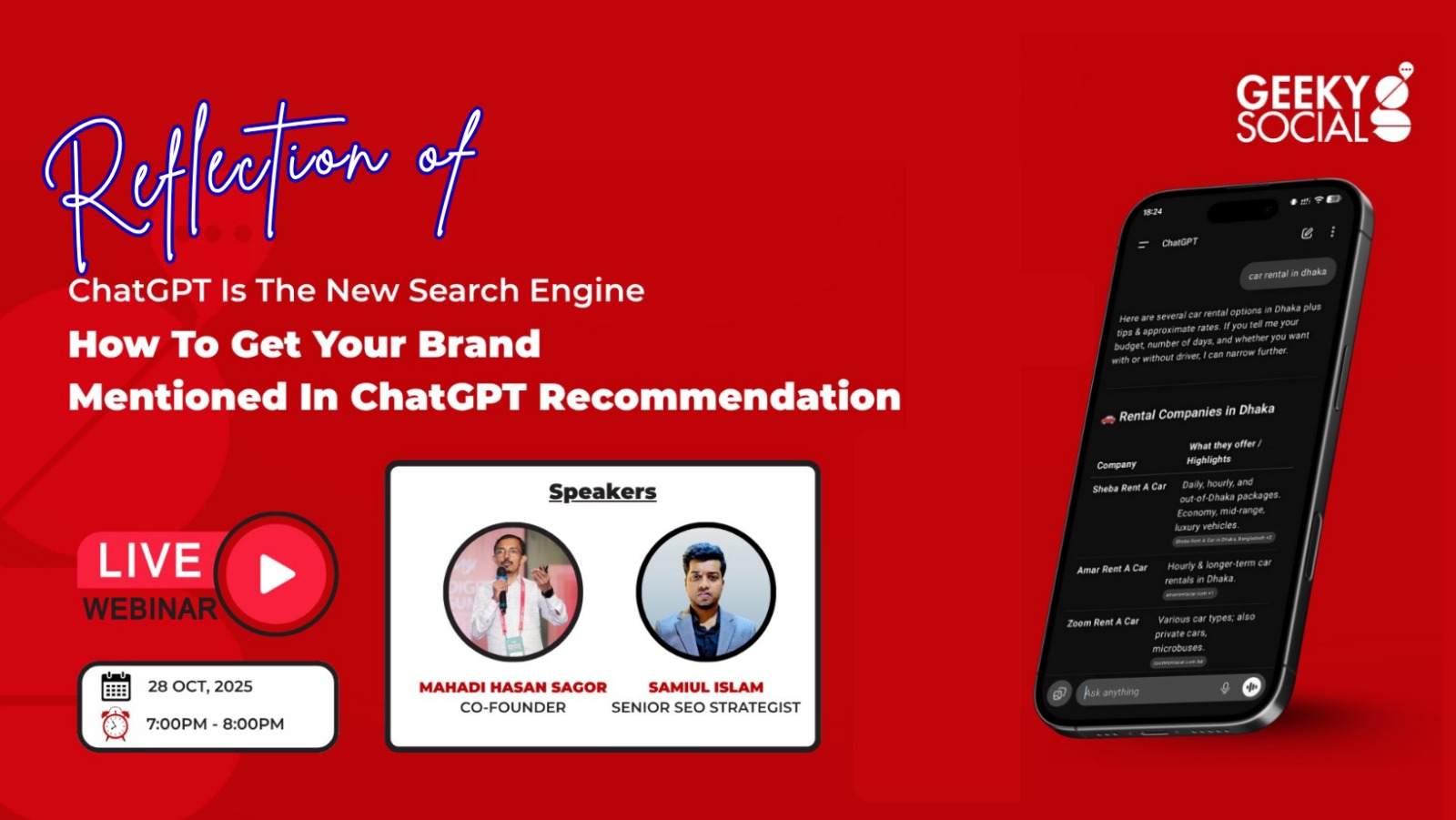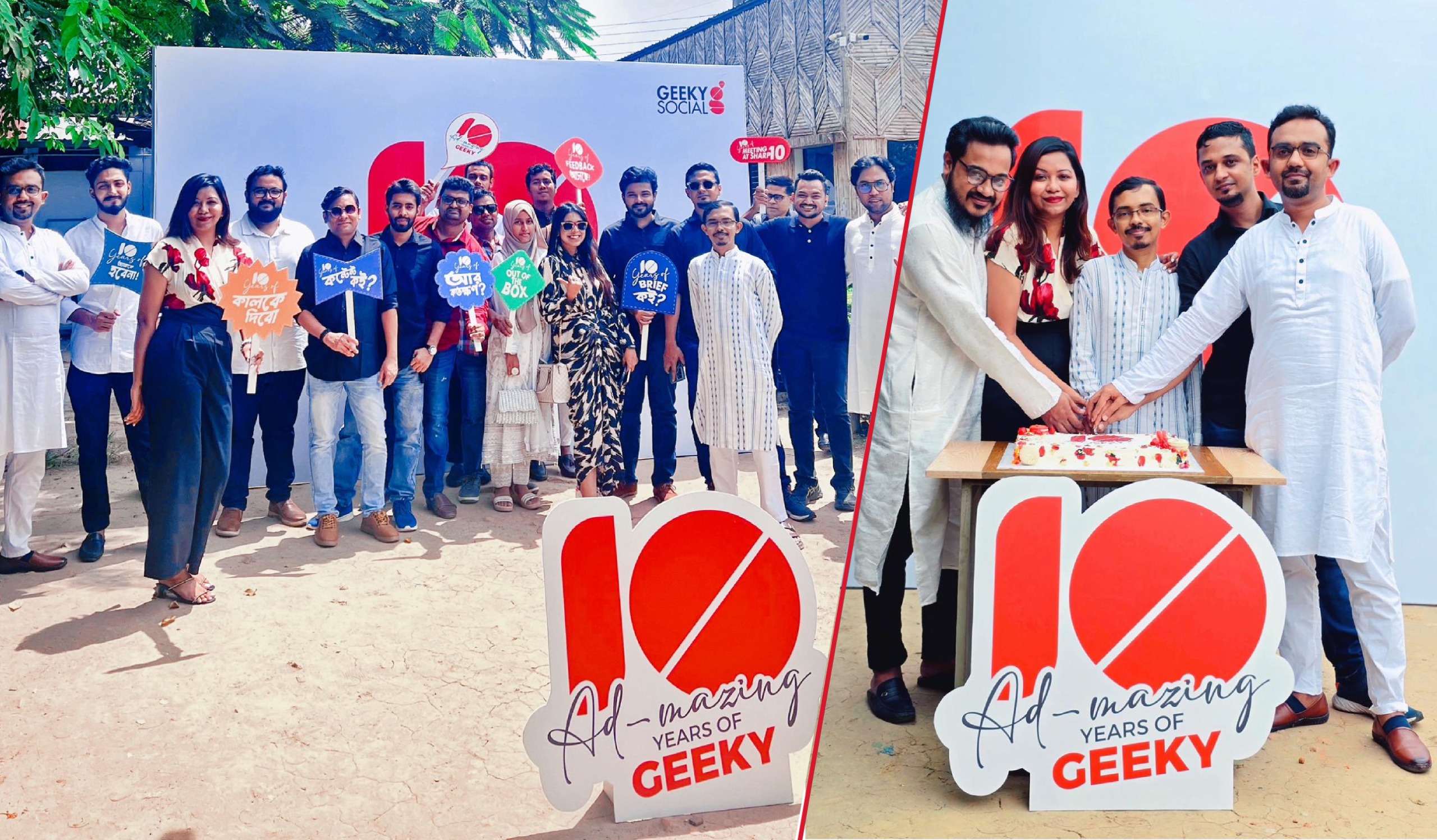
Digital Marketing Trends in 2024
- Published on
Table of Contents
Digital Marketing Trends in 2024
The digital marketing landscape is continually changing in line with technological advances and consumer behavior shifts. As we move into 2024, it’s now more important than ever for businesses to anticipate and adapt to these new trends quickly to ensure success. Predictions indicate that a number of interesting digital marketing trends are expected to emerge over the next few years, all of which will continue to shape the industry.
One trend to watch out for in 2024 is personalization. With increased access to analytics data and predictive capabilities, businesses need to better understand their customers and speak directly to their needs. This means utilizing tailored messages, creating unique content for specific segments of customers, personalized advertisements, and so on. Additionally, artificial intelligence (AI) will become even more prominent allowing users to interact seamlessly with devices through automated voice applications and virtual assistants which can provide contextually relevant information at lightning speeds. By leveraging these technologies as part of their digital marketing strategies companies have an opportunity to stand out from the competition in 2024.
Hyper-personalization
Nowadays, hyper-personalization is rapidly becoming the most effective way to keep customers engaged and promote conversions. It is no longer just a simple buzzword but an essential strategy in the competitive market. The widespread use of advanced analytics, AI, and machine learning technologies are helping businesses deliver custom content tailored to individual customers’ needs and expectations. From product suggestions to special offers that correspond with their interests, every piece of content or product suggestion will be constructed precisely based on customer behavior.
Considering that personalization gives an edge over competitors by building strong relationships with customers, it is no surprise that many companies are devoting more time and attention to this concept. As consumers expect a highly customized experience from their favored brands, businesses should ensure they provide personalized experiences at each and every step of customer interaction while improving conversion rates through targeted marketing campaigns. Consequently, companies have already seen visible uplifts in their key performance indicators such as return on investment (ROI) as well as customer acquisition volumes following the implementation of hyper-personalization strategies within their organizations.
Voice Search Optimization (VSO)
Voice search is quickly becoming the norm, and businesses that don’t optimize their content for this new form of search risk missing out on potential traffic. Voice Search Optimization (VSO) takes advantage of this by focusing on long-tail keywords and natural language queries to improve visibility in voice search results. However, it’s not enough to just use long-tail keywords and natural language if you want to make the most out of VSO; each query must be adapted specifically for voice search context and engage users. As such, optimizing your web content with specific keyword phrasing, short answer lengths, easy tagging for featured snippets are all key elements in making sure that your content stands out when people are using vocal queries. Additionally, ensuring that relevant questions are answered and providing internal links should become part of any SEO strategy when working with VSO. While prioritizing high-quality information with relevant answers is important, understanding how people interact with voice devices is even more so because no matter how amazing your content may be—if you don’t take the time to create an engaging user experience, then everything else will have been for nothing.
AI-Driven Marketing Analytics
The introduction of AI to the marketing landscape has forever changed the way businesses analyze data. AI algorithms are able to quickly process large datasets in order to provide detailed and accurate insights. This helps marketers to make better decisions and understand their consumers’ behaviors much more effectively. With these powerful tools, marketers are able to carry out sophisticated customer segmentation and predictive analytics, allowing them to create unparalleled marketing strategies that make use of statistically-backed data.
Furthermore, AI-driven marketing analytics also improve the scalability of operations for businesses large and small. By automating some or all of its establishment product capabilities, AI can reduce staffing needs while still delivering results that meet expectations. Additionally, this removes processes from decision makers which help drive improved productivity and faster implementation of strategies within organizations. By providing a focused approach to achieving desirable outcomes, businesses can significantly enhance their competitive edge in the market place and provide better customer service as they scale up their enterprise further.
Video Marketing
Video marketing is one of the most prominent digital strategies for businesses in today’s hyper-connected world. Companies have recognized that video content engages audiences, conveys key messages, and is suitable for all types of users – no matter their age or location. It’s why many businesses are investing in high-quality videos to achieve greater reach on social media platforms and YouTube. Short-form videos can be especially effective as they help maximize organic impressions while long-form content gives brands greater opportunities to shape the conversation around their products or services.
Moreover, video helps capture user attention more effectively than text or images alone, thus leading to more meaningful customer engagements and higher consumer loyalty over time. Additionally, with analytics tools built into popular video platforms it becomes easy to measure both qualitative and quantitative metrics that can give businesses powerful insights into how effective their campaigns really are across different demographics. Overall, effective video marketing is invaluable when it comes to enhancing a business’ visibility among potential customers online and building an engaged audience of active followers.
Influencer Marketing Evolution
Influencer marketing is an ever-evolving sector of the modern advertising world. As the field develops, there has been a major shift towards micro-influencers. Micro-influencers are individuals with smaller follower counts, but highly engaged audiences that are often more niche-specific. By partnering up with these individuals, brands can have access to authentic and effective marketing strategies without the need for expensive, celebrity influencers or celebrities in general.
Micro-influencers offer several advantages over their celebrity counterparts. Their engaging followings tend to act as trendsetters, and they naturally possess a degree of trustworthiness because they come from within their industries or communities. This adds even more credibility to their endorsements when paired with tangible engagement metrics like likes and comments from their followers. Lastly, cost efficiency is another benefit of working with micro-influencers – they usually charge less than celebrities which makes them an affordable solution for brands on a limited budget. All in all, working with micro-influencers is becoming one of the most popular trends in influencer marketing today due to its effectiveness and affordability.
Conversational Marketing with Chatbots
Chatbots are quickly becoming an essential part of digital marketing strategies. With advancements in artificial intelligence (AI) and natural language processing, they are able to offer real-time, personalized customer service that can answer questions and solve problems with minimal effort from the customer. This enables businesses to interact directly with their customers on a more personal level, increasing engagement and trust. Chatbots can also provide helpful advice or recommendations based on customer profiles and past interactions, further enhancing the user experience.
In addition, chatbots have become more sophisticated over time and are now capable of handling more complex conversations. They can even prompt customers to complete activities such as scheduling appointments, placing orders or submitting feedback. This helps streamline workflows for both the customer and the business, allowing them to respond to queries faster while reducing the need for manual processes. As chatbot technology continues to evolve, it is likely that there will be more opportunities for digital marketers to take advantage of this powerful tool in order to increase engagement with their audience and maximize ROI.
Share Now on social media
Join Our Newsletter
Stay up-to-date with latest media insights and updates





